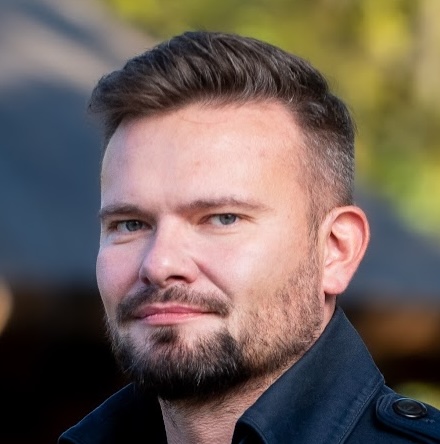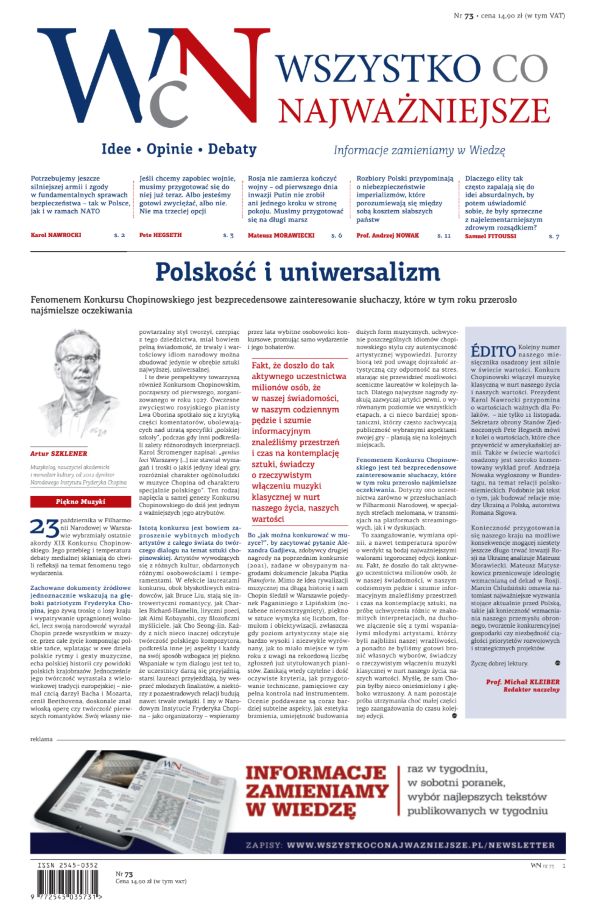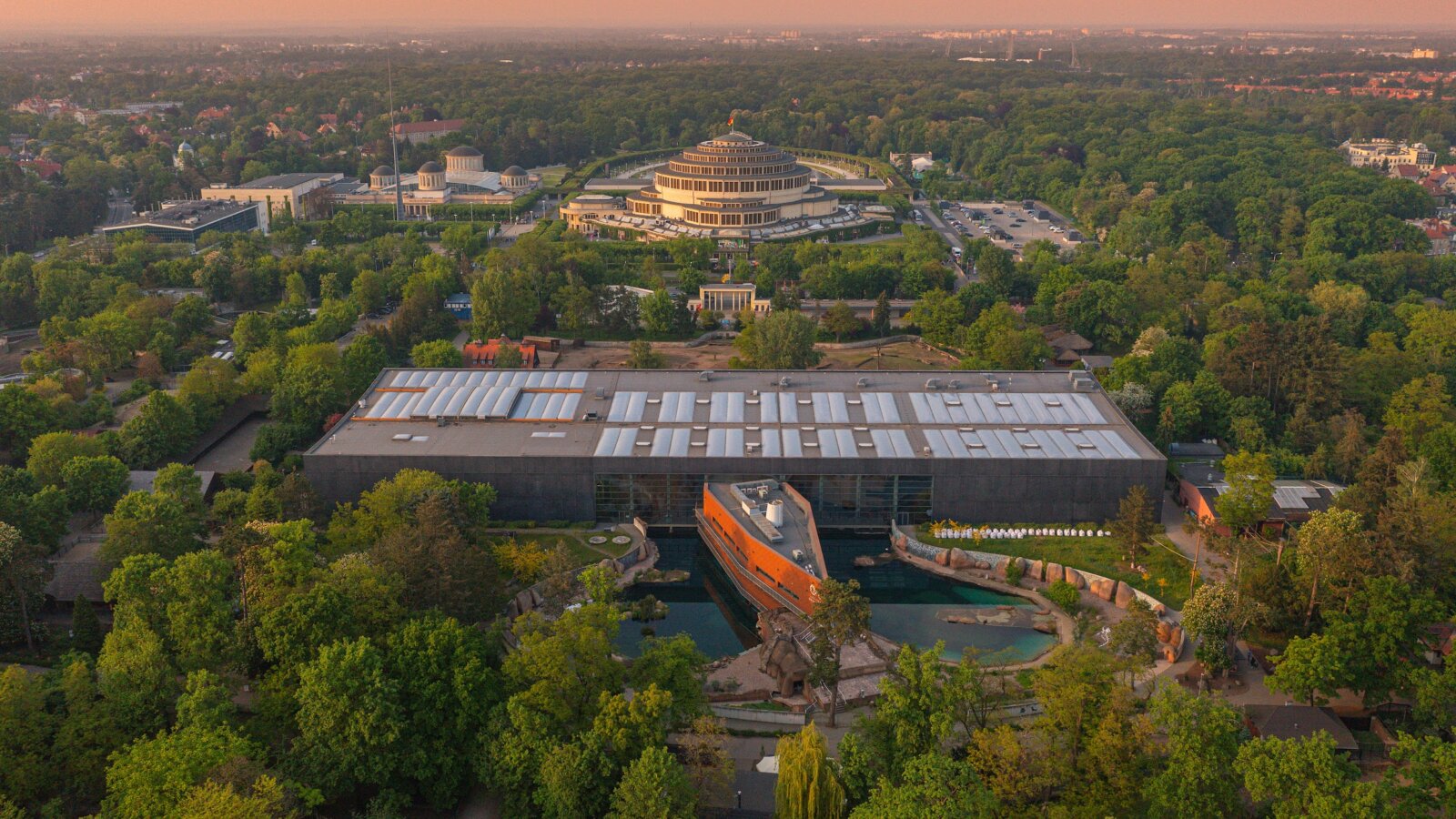
 The story of our zoo is no fairy tale, but a living chronicle
The story of our zoo is no fairy tale, but a living chronicle
As I walk along the alleys of the Wrocław Zoo – a place recognised throughout Poland – it’s hard to believe that 160 years have passed since its gates first opened. As a veterinarian by profession and passion, and the zoo’s president by mission, I take pride in both what we are building today and the achievements of my predecessors over the decades, writes Tomasz JÓŹWIK
.Once upon a time, a zoo was merely a menagerie – a spectacle of wonder. Today, it has evolved into a sanctuary of understanding. Instead of merely showcasing exotic creatures, we dedicate ourselves to protecting them. Rather than simply familiarizing visitors with the wonders of wildlife, we impart the lessons of humility for the natural world.
With a legacy spanning 160 years, our history represents not just time passed but a steadfast commitment to our mission. As a veterinarian, I understand that true health transcends the mere absence of disease; it embodies a holistic sense of well-being. Proper nutrition, adequate space, and optimal living conditions must harmonize, much like an orchestra tuning before a performance. Each day, we attune ourselves to the unique needs of the animals in our care. If asked which animals hold a special place in my heart, I would unhesitatingly choose the otters that inhabit our water and land run. This particular habitat reflects the journey our zoo has undertaken, thriving for 160 years because we have learned the art of listening – even when the otter’s voice is but a soft whisper.
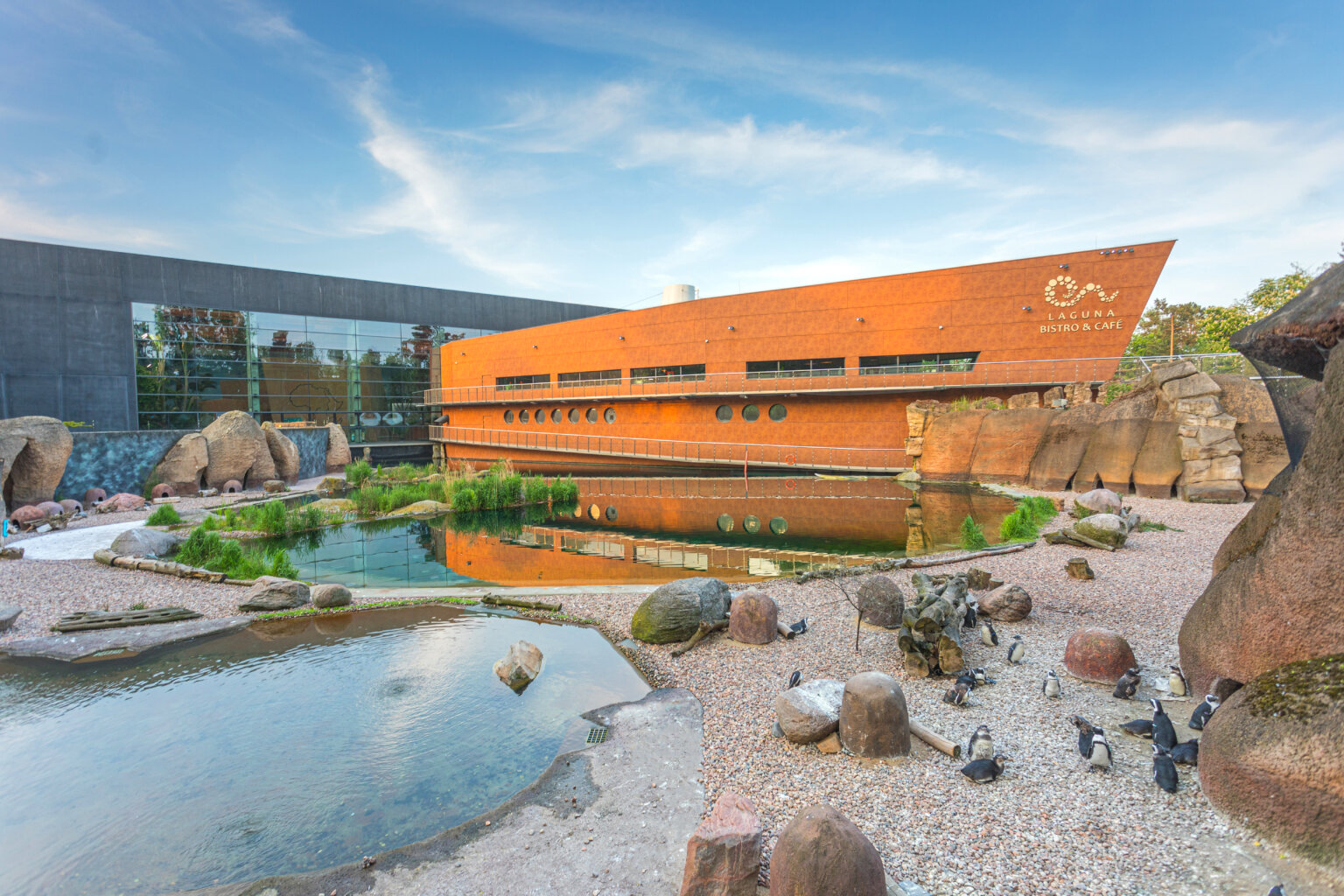
.The story of our zoo is no fairy tale, but a living chronicle of resilience. It has blossomed from muddy banks along the Oder River, enduring wars and evolving alongside the city and its people. For decades, we have not viewed our zoo as merely an attraction but as a mission. Today, I wish to share that mission – a pursuit driven by humility, unwavering determination, and boundless hope.
In a photograph from 1865, I see solemn gentlemen adorned in top hats, their expressions echoing, ‘We have created a zoo.’ Little did they know that 160 years later, we would be fervently advocating for the survival of the last Sumatran tigers, the future of Palawan hornbills and mud turtles, and ensuring that Cape penguins continue to thrive along the African coast for years to come. Our zoo has transformed from a mere garden into a vital rescue and protection centre.
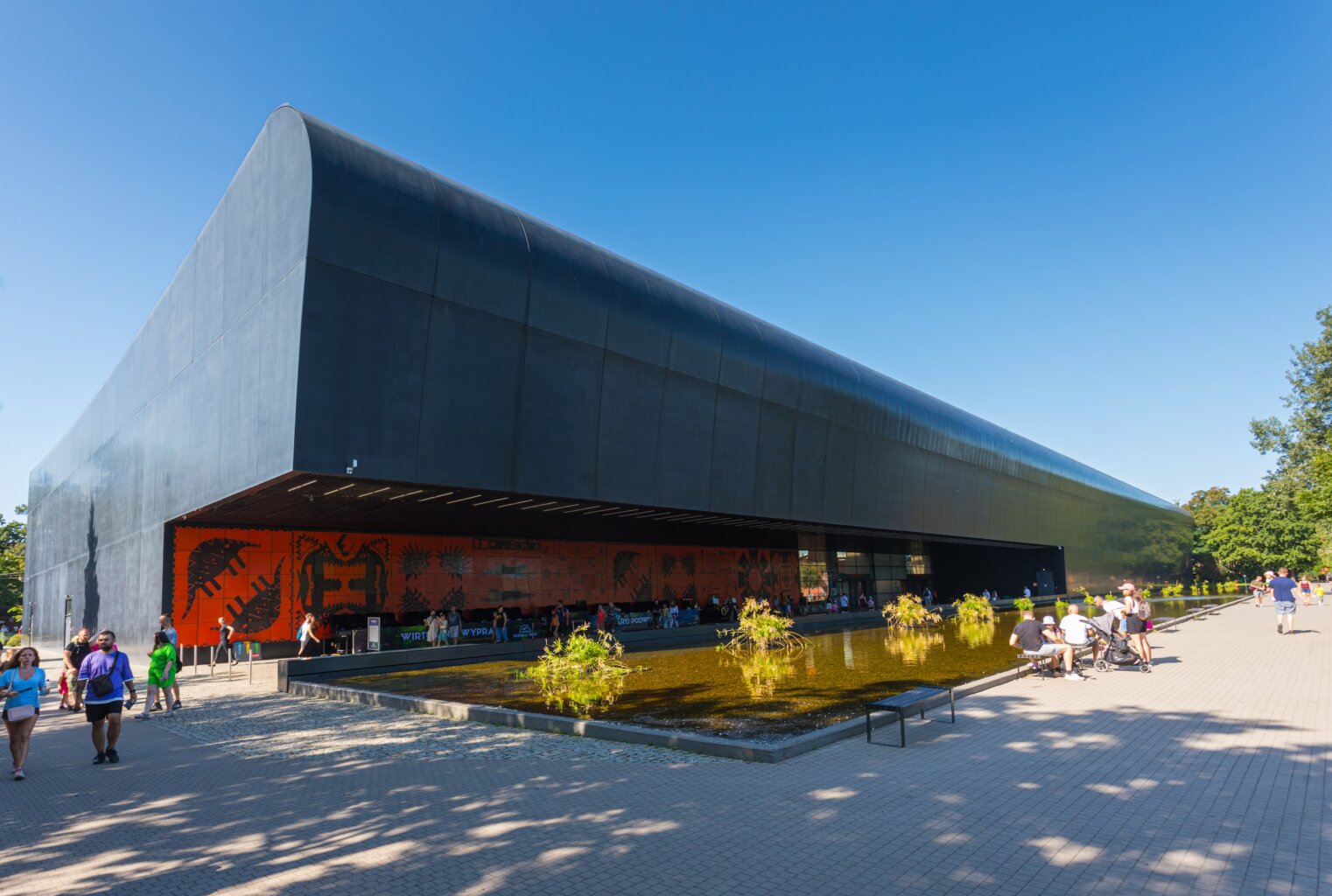
.I must confess: the beginnings of our establishment were quite different. The 19th-century menagerie, featuring camels, monkeys, and a variety of predators, catered to humanity’s curiosity about the world – animals from distant lands were showcased to entertain and astonish. It was not without its challenges; our archives hold haunting images from the post-war years – pavilions in ruins, trees uprooted, and palm trees frozen. There were even instances where elephants were tragically shot out of fear they might escape. As I stroll through our gardens in the early morning light, I often feel the presence of Karol Łukaszewicz, our first post-war director, quietly observing with pencil and sketchbook in hand, ensuring we remain on the right path.
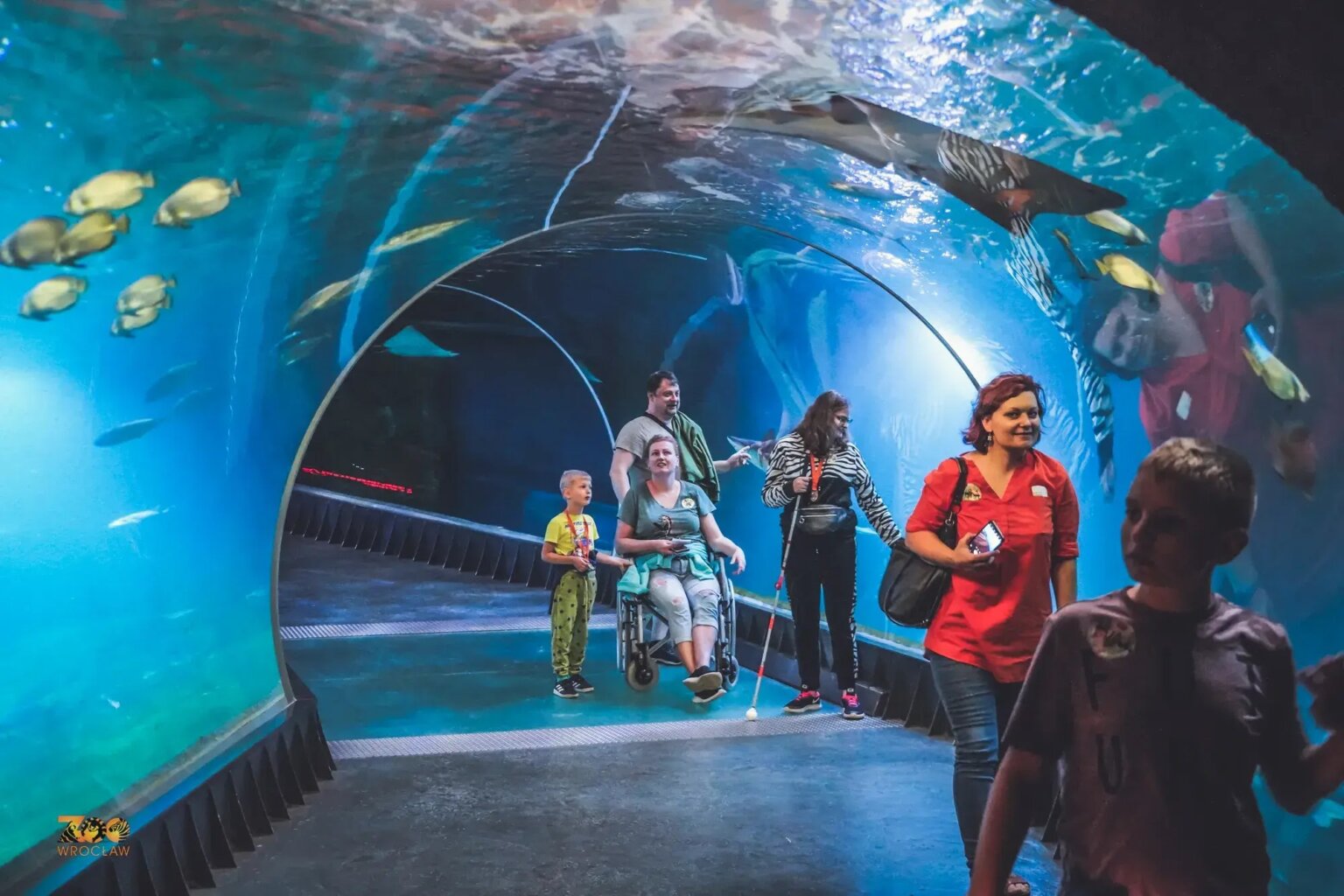
.Today, we are continually amazed by the extent to which we have transformed our approach. Through our DODO Foundation, we actively support wildlife conservation efforts across the globe – from Madagascar to the Philippines. To date, we have contributed over PLN 2 million to tangible field activities. Every ticket purchased for our zoo serves as a building block – not just within our walls, but in distant lands where a lemur yearns for a vegetable garden.
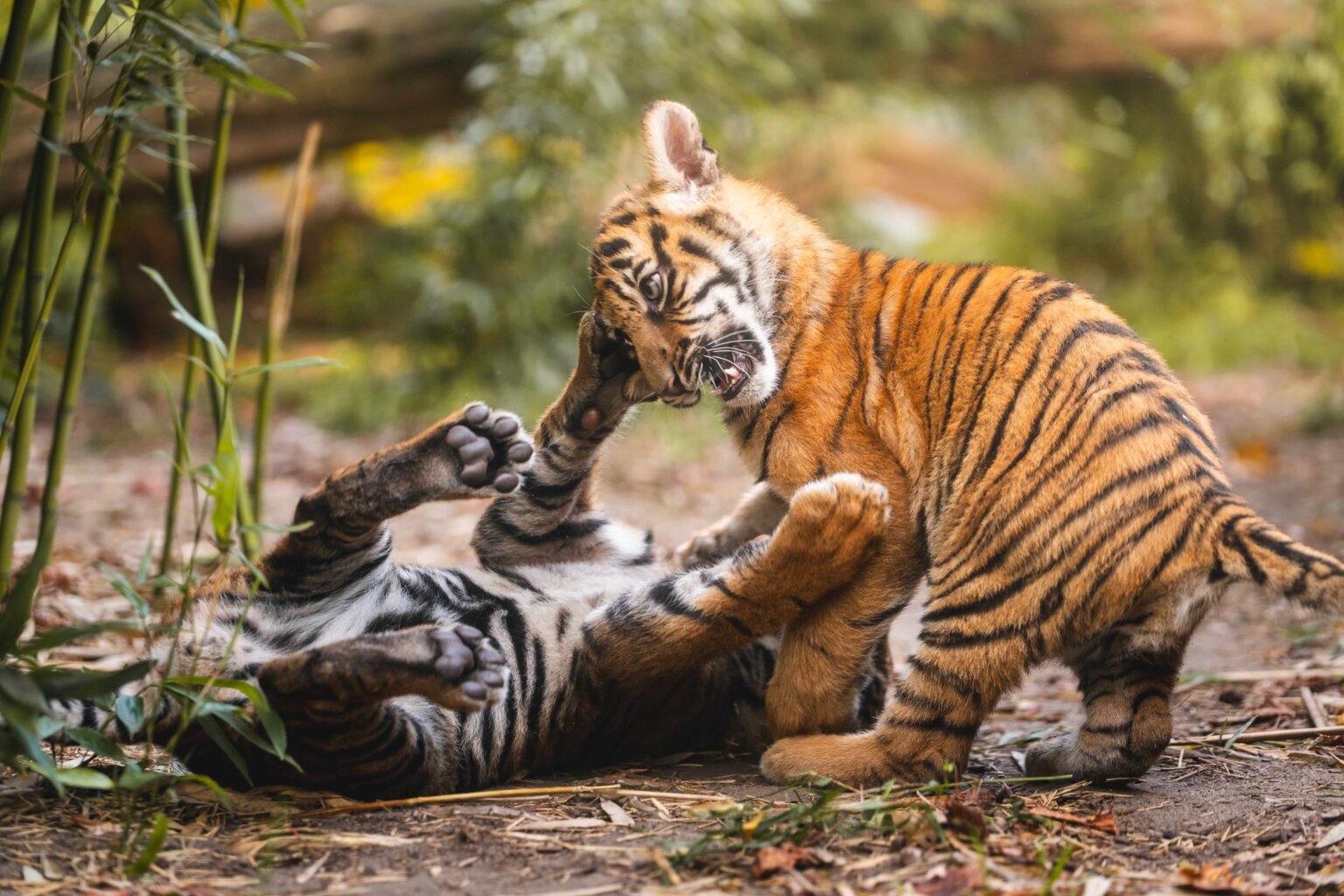
.In 2024, we celebrated the birth of four Sumatran tigers in our zoo – each with a unique story, representing a glimmer of hope for a species whose population dwindles to approximately 400 individuals in the wild.
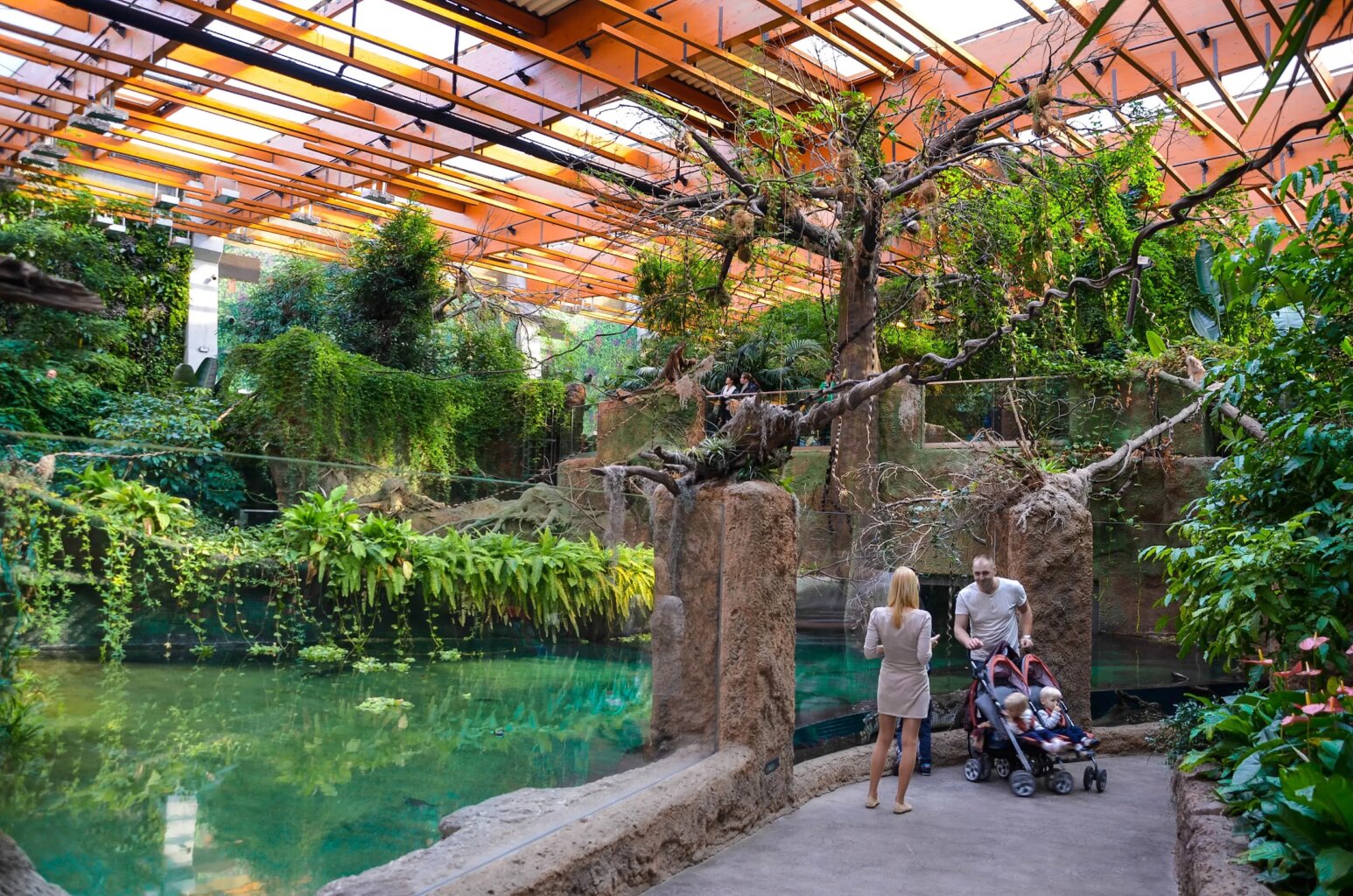
.For many of our residents, such as the scimitar-horned oryx and the Philippine tarsier, our zoos offer the sole chance for survival against the threat of extinction. And that is no exaggeration. When asked, ‘What is the purpose of zoos today?’ I respond, ‘For the future.’ The reality is that without zoos, numerous species would face an uncertain fate. In the interwar years, Europe had no wild bison left, a species that survived thanks in part to zoos, which maintained a population of just 12 individuals – the so-called ‘12 founders.’ Yet we need not look that far back; in 2023, due to the efforts of zoos, the scimitar-horned oryx was removed from the list of extinct species in the wild, with individuals from various zoos bolstering the African population of these hoofed mammals. This stands as a powerful testament to the question, ‘Why do we need zoos?’
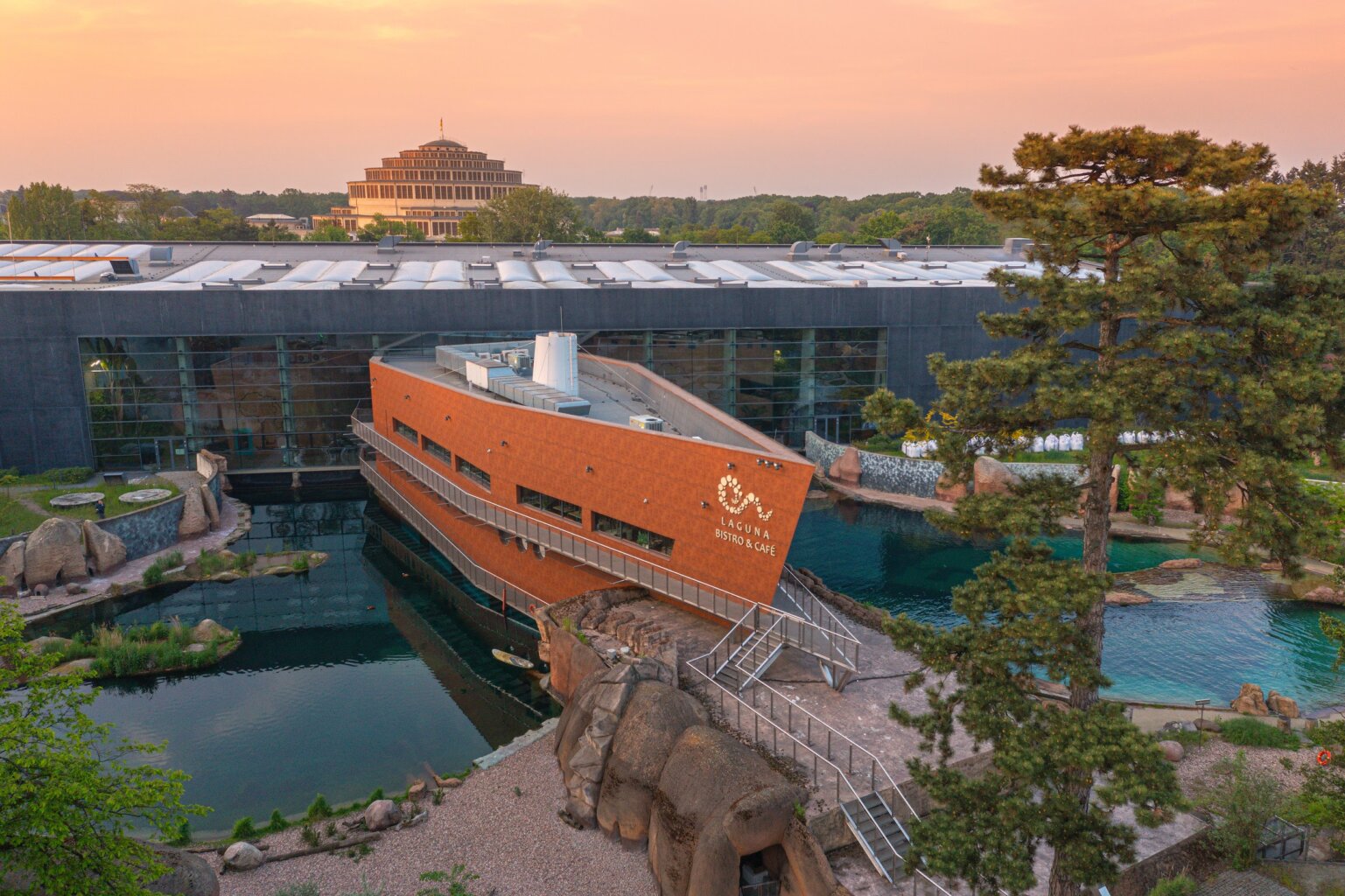
.It is particularly significant that in Wrocław, we built the Africarium – an oceanarium dedicated solely to African fauna. This educational haven fosters understanding even before the educator speaks. It has transformed our zoo and the people who visit, instilling a profound sense of awareness. Education transcends textbooks; it begins with empathy and insight. As our slogan aptly states: Discover, love, help protect.
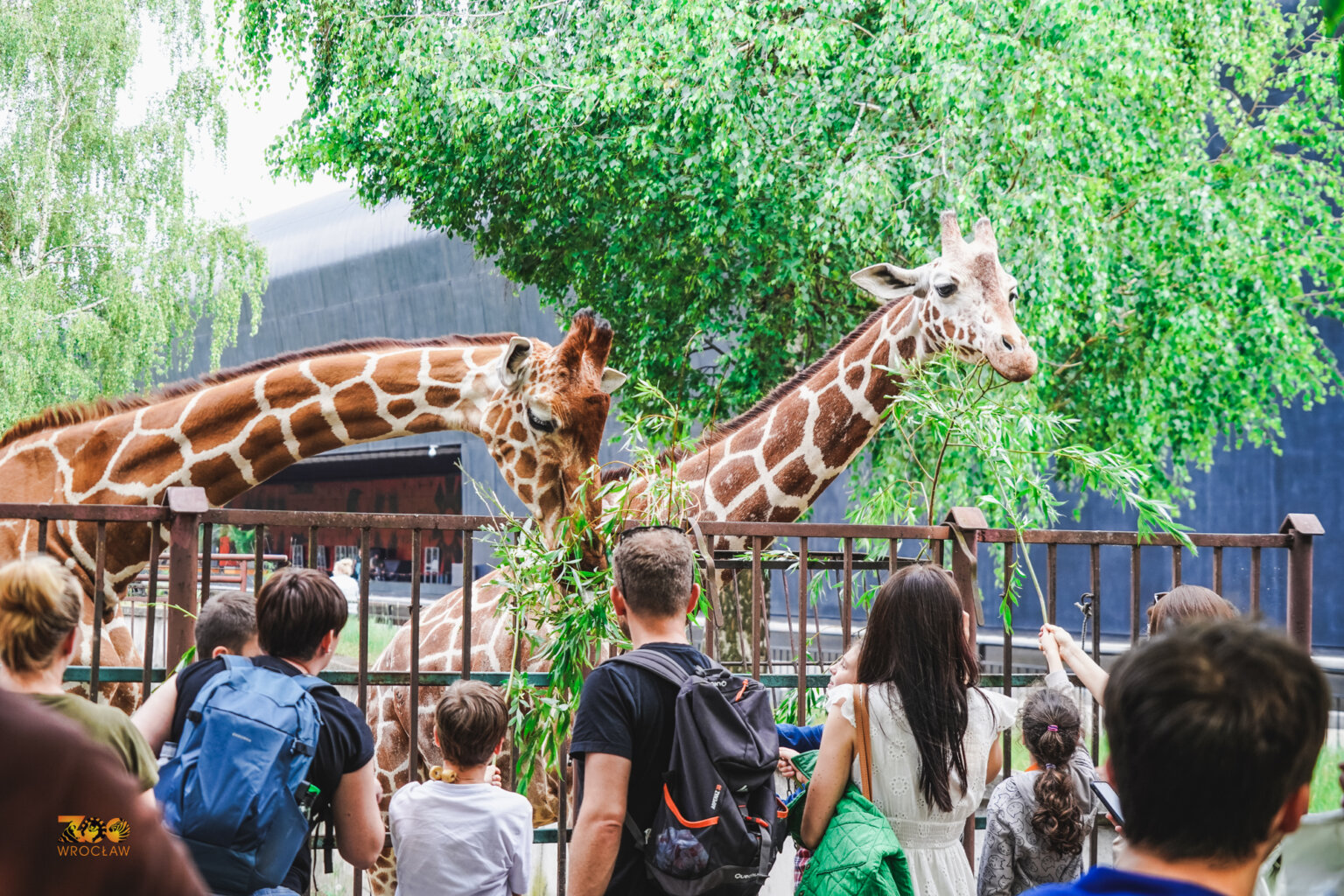
.As we commemorate the 160th anniversary of our zoo, I extend my heartfelt gratitude to you, our visitors, whose respect and curiosity. I thank our dedicated employees – from keepers to administrative staff – who cultivate an animal-friendly atmosphere. And I express my appreciation to all who believe in the power to change the world, one step at a time, through education, care, and unwavering determination. For us, a mission is not mere rhetoric; it is the daily act of feeding, treating, breeding, sharing stories, and educating children about the vital importance of nature conservation. If we have learned anything during these 160 years, it is that education and action for the protection of our planet truly matter.
